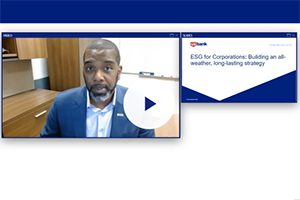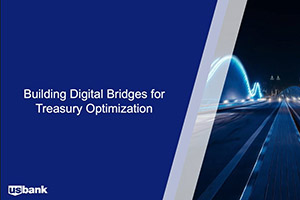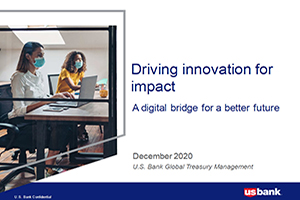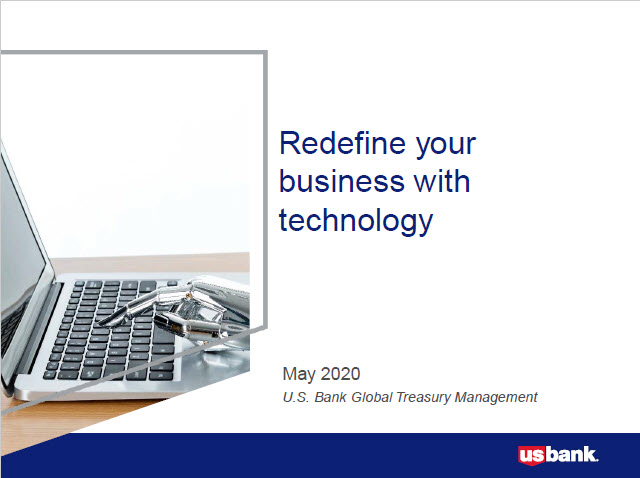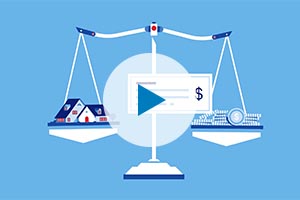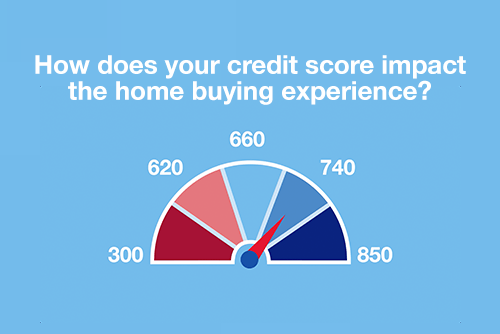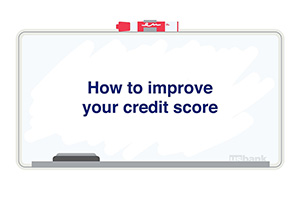At U.S. Bank, we look at the whole picture when managers come to us asking whether we can provide the necessary PE fund administration services. We can, of course, provide the level of support required by the largest PE asset managers. However, our value proposition goes far beyond fund administration. As a bank-affiliated administrator, we can also provide treasury services, lines of credit and opportunities to maximise return on cash balances, foreign exchange services for non-dollar hedging and more. I believe the value proposition is changing for this segment. In the current environment, working with a bank clearly provides more benefits to the investment manager because a bank can deliver an end-to-end model product offering around this type of client.
How does counsel vary between HF and PE regarding yourselves as trusted partners?
Peter Mastriano (PM): One of the biggest variances is service delivery. When I talk to PE managers of different size and scale, it often comes down to the interaction required for their investors. For PE managers, the most valuable component to their asset management business is their investor-base.
Along those lines, the interaction with that investor is critical for the long-term success of the PE manager. This means they demand accuracy and timeliness around performance measurement, investor capital management and financial reporting. They want more transparency around different levels of returns they’re showing to their investors. And they often want returns validated independently with data maintained by a third party.
They also need the ability to call and distribute money in an extremely efficient manner. There’s a critical demand by the asset manager for specific services around investor needs – which means interacting with their investors the way they want them serviced. Reflecting a standard of care representative of the asset manager’s reputation in the industry is paramount to a successful outsourced fund administration model.
DC: At U.S. Bank, we’re focused on the continued improvement of the investor experience. We define the success of our service offering by how the limited partner (LP) interacts with the bank as fund administrator. Often, it’s the investor’s first touch point with us as an institution, and we want that experience to be delightful. As we uptake critical client documents and move money from a capital call into an investment, we’re focused on making the process as seamless as possible. We prioritize this all the way from KYC and through to initialising that investor on our platform. This is where we stand out compared to many other administrators; we provide a smooth, high-touch user experience with limited noise to the investor.
PM: There is a large initiative we’re calling our “digital experience,” and it’s the banner under which we're creating this service model. We're taking our existing model – which, like every other admin, has traditionally been more manual and paper-oriented – and we're modernising it and automating the touchpoints in the business process design.
Instead of an investor receiving a document via email, for instance, they're going to be able to enter a portal and fill out a document online. This will generate a series of reporting events that feed up through the manager and back through the investor services team.
In this endeavour, we’re seeking to minimise the number of manual touchpoints and maximise the use of technology – specifically, automation around document management and completion and delivery of the pieces required for AML/KYC. More broadly, we're also trying to use as much technology as possible, so processes can be accomplished more rapidly.
One such initiative we have underway is called eDocs. We have the ability, right now, for an investor to access a portal and begin filling out information online, opposed to receiving a document they, or a third party on their behalf, must fill out. This kicks off a series of processes that can then leverage more sophisticated data and document management tools.
Our larger aim is the end-to-end model. This begins with the onboarding of an investor into a fund, and it follows all the way through to the automation of capital activity related to the investor funding their commitments into the fund.
Receiving all manner of data is another important part of the modern process – with managers requiring data from their administrators, audit firms and legal teams – to support regulatory reporting, audits and more. The concept of data is something the largest PE managers have historically struggled with, and they’re now demanding solutions from administrators. We’ve responded to this need by providing data warehouses, data extracts and the ability to send client as many data points as they need to satisfy all their upstream reporting. Our model calls for a daily push of extracts out to clients who need numerous data points to produce their internal work product.
How is U.S. Bank positioned to help clients with collateral segregation?
PM: As a large custodial institution, this is an area U.S. Bank has always covered very well. As a custody provider, we’re able to meet collateral segregation requirements for asset managers and clients for many different purposes. And because of the uncleared margin rules (UMR) affecting the industry now, there’s more demand for specific workflows related to collateral segregation.
Our offering is robust, and we’re able to use our platform to create specific custody accounts in the name of our clients. This allows a third party, an asset manager and a client to have a contractual relationship. In this model, the manager actively manages money for a client. They work with an institution, like U.S. Bank, who trades against counterparties on behalf of the client's money. U.S. Bank works to process and settle trades for these accounts.
UMR now directs that collateral be held with a neutral third party. This stems from the aftereffects of the financial crisis. Before then, for example, there were two parties, each holding collateral needed to secure trades. When institutions failed to deliver cash and collateral to settle investment activity it set off a cascade of events for others because they couldn't produce funds to satisfy trading activity. The Fed subsequently came up with the concept of holding funds away with a neutral third-party custodian. That way, if one institution trading with another institution failed, it alleviated the domino-effect of others failing due to an inability to deliver or receive funds or securities. This has been a big driver for the industry ever since, and many larger institutions have benefitted from this segregation.
DC: The segments of the market impacted by UMR are: banks and broker dealers, insurance companies and asset managers – defined as buy-side participants. In many transactions, a custody bank is now required to hold collateral for any over-the-counter (OTC) derivative transaction that doesn't clear through an exchange.
We’re a viable custodian due to our credit rating, and we’re a growing player in this space due to the complexity of our current client base. Whether it's a custody or administration client, we have the sophistication to handle complex, non-cleared derivative instruments and their collateral segregation requirements.
For more information on the spectrum of fund servicing solutions offered by U.S. Bank, visit usbank.com/globalfundservices.







































